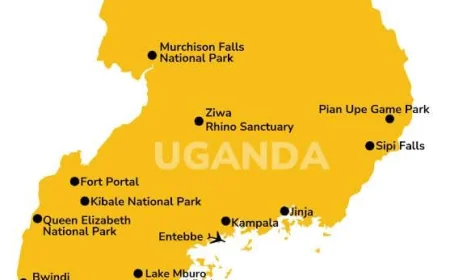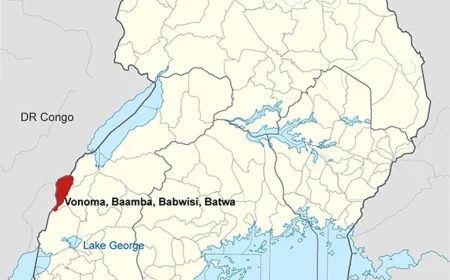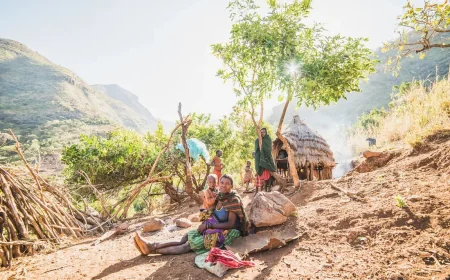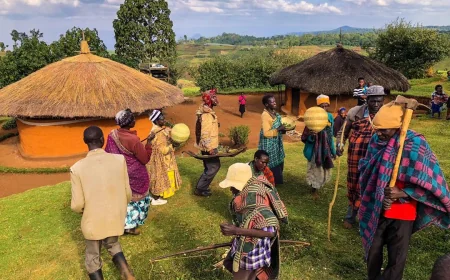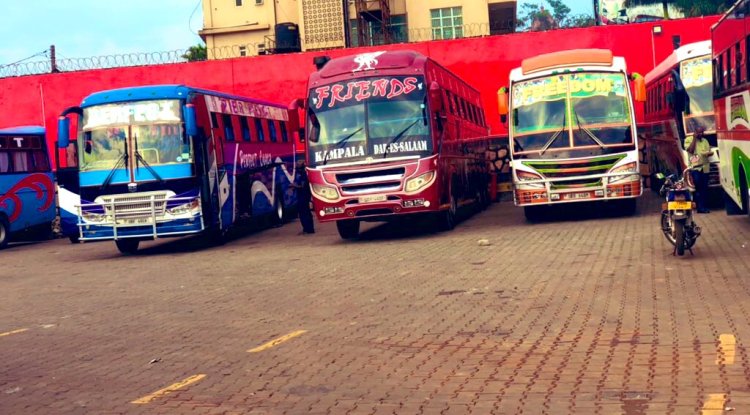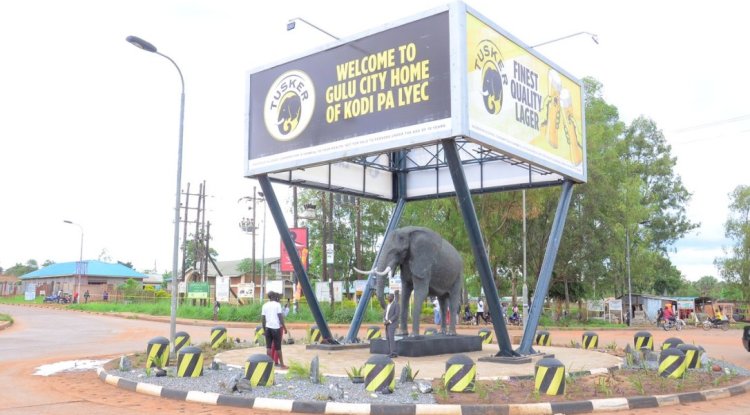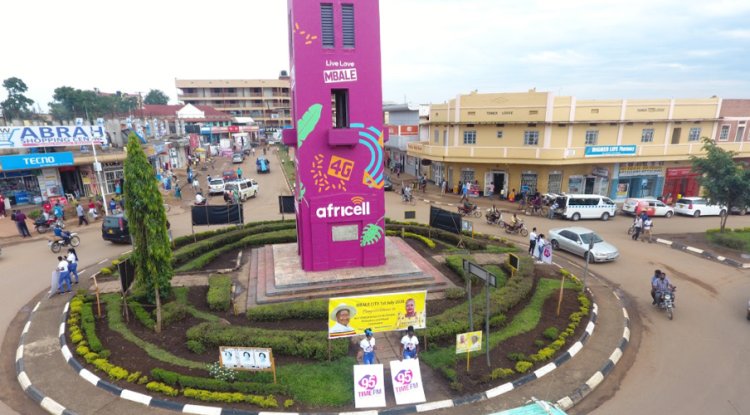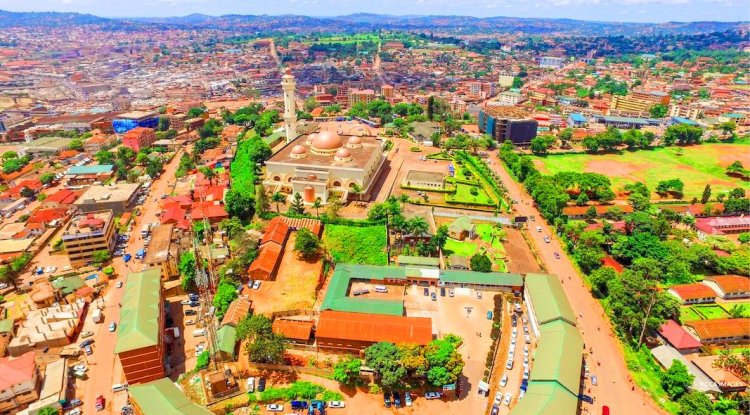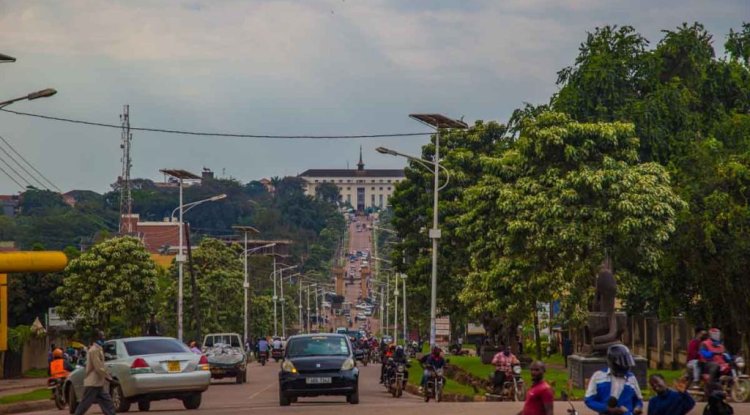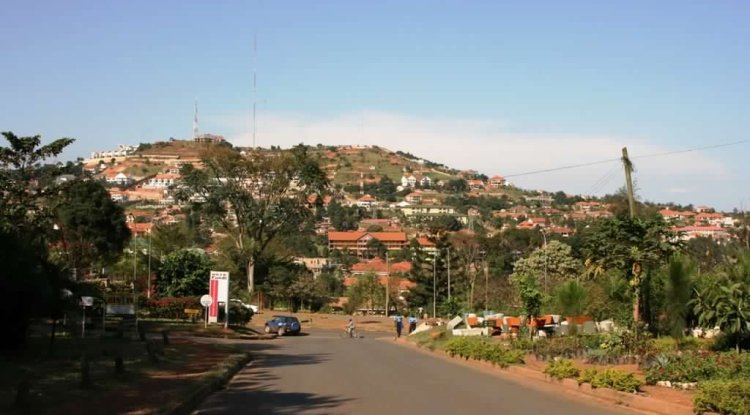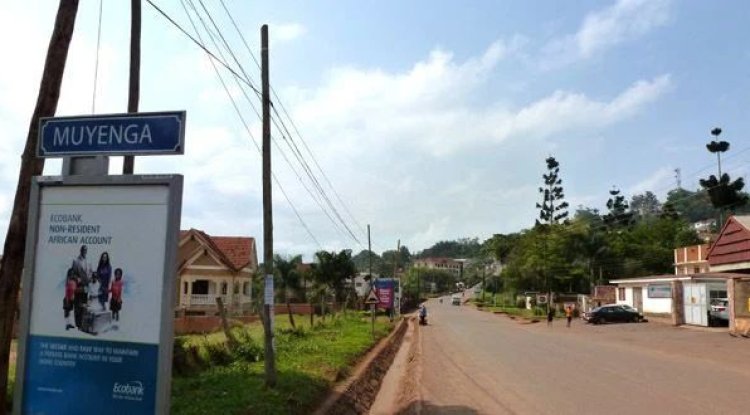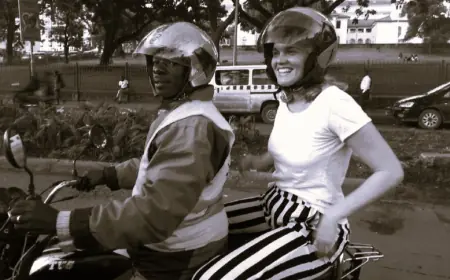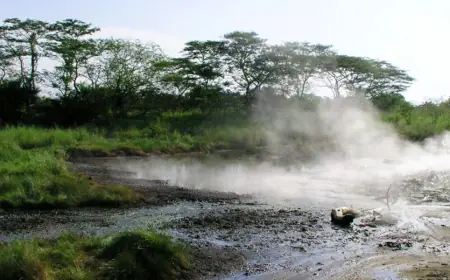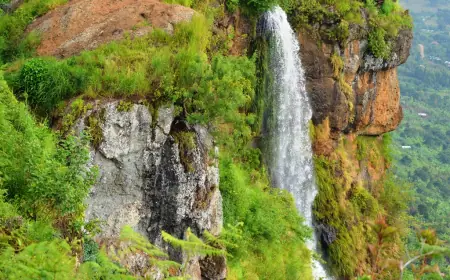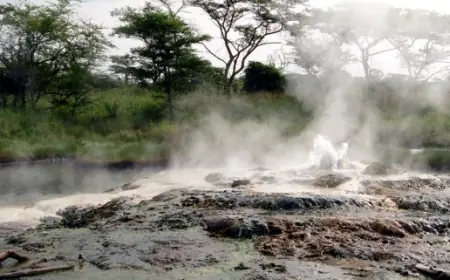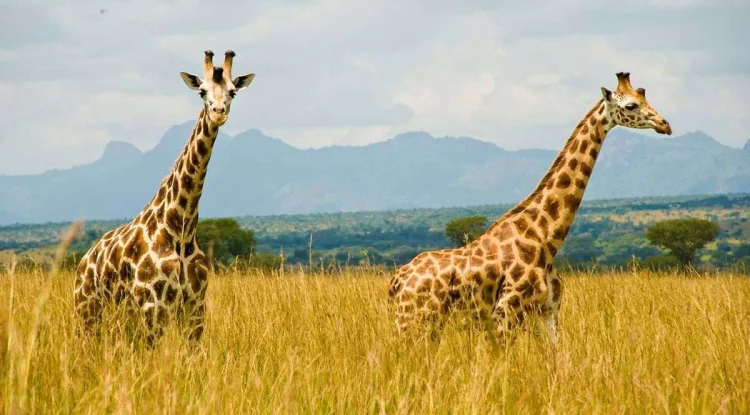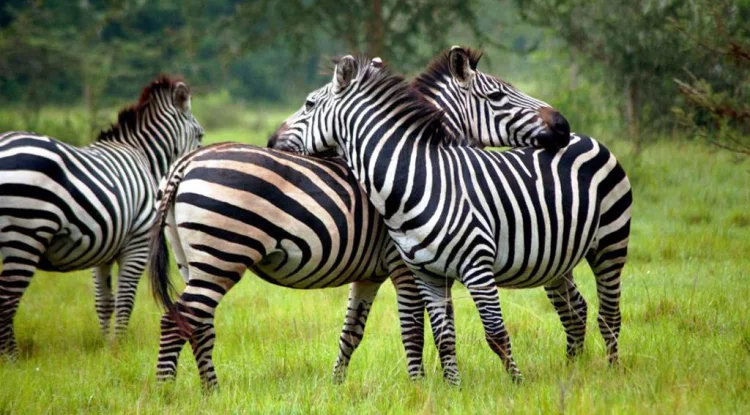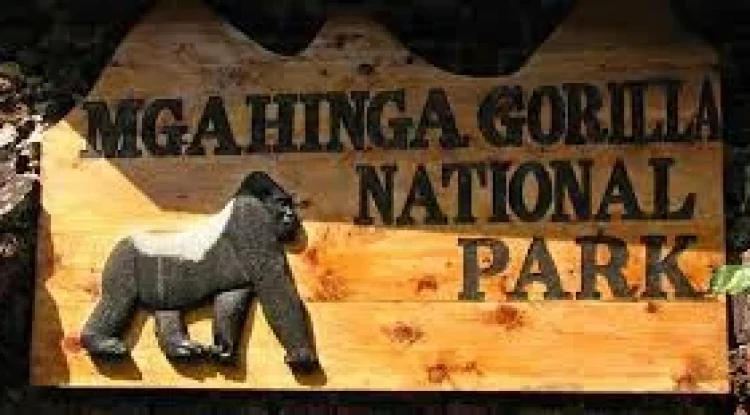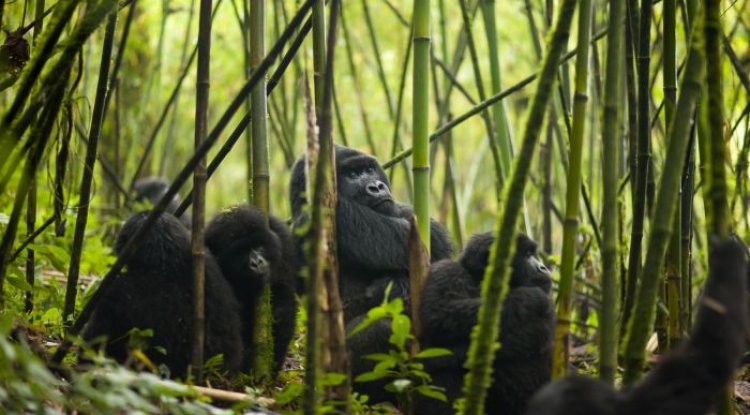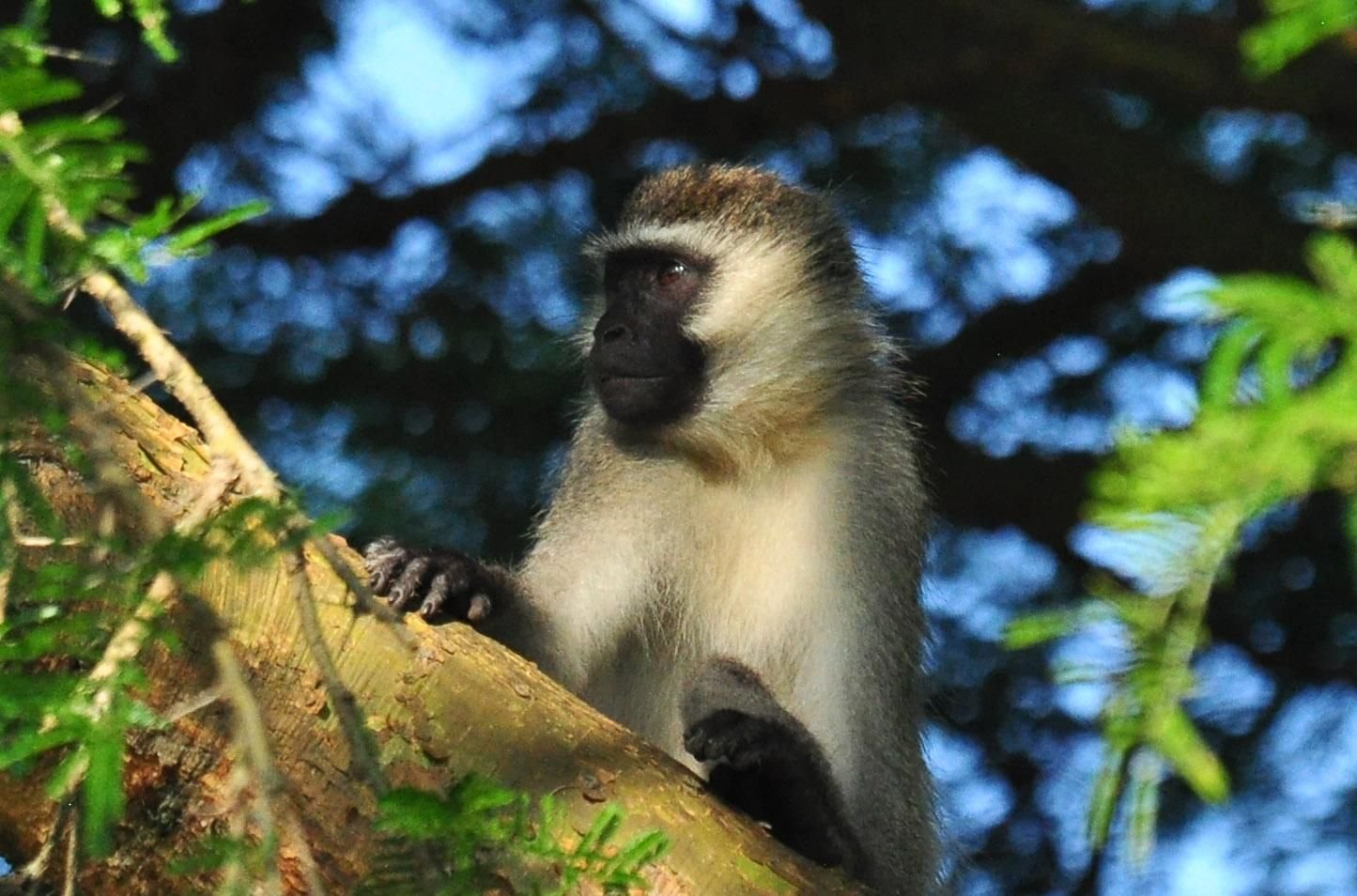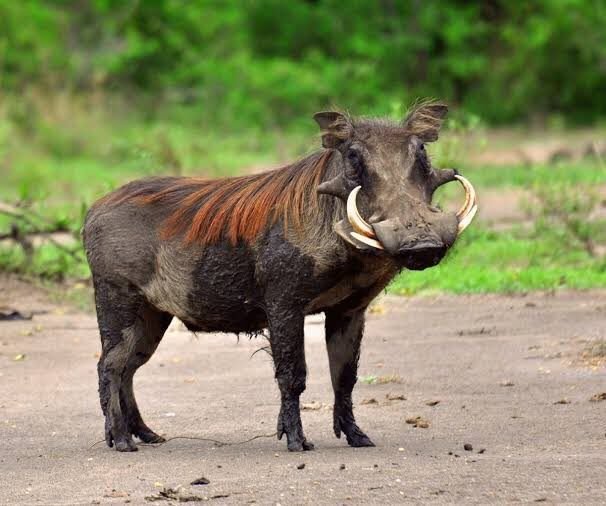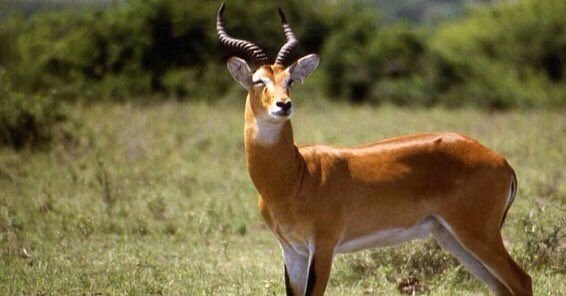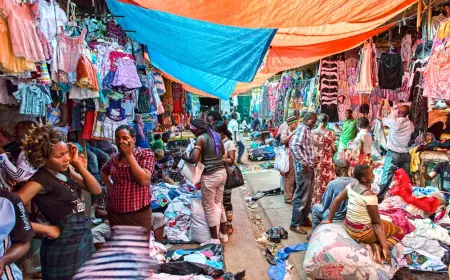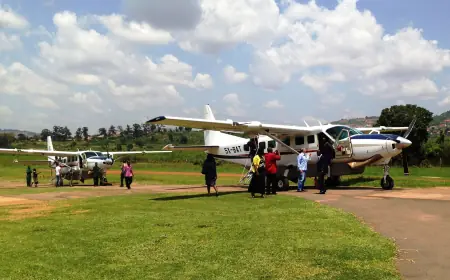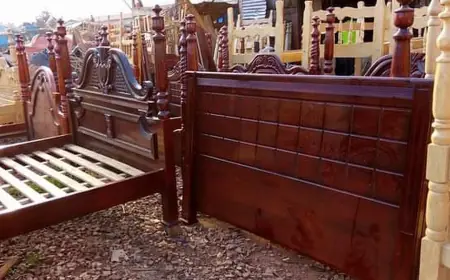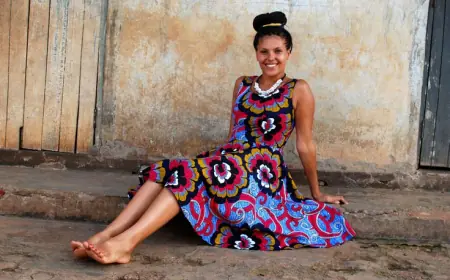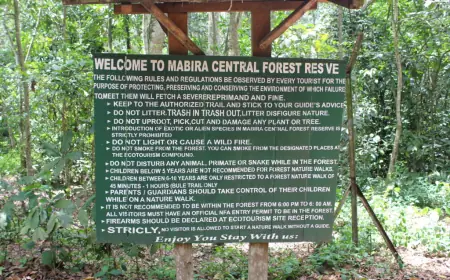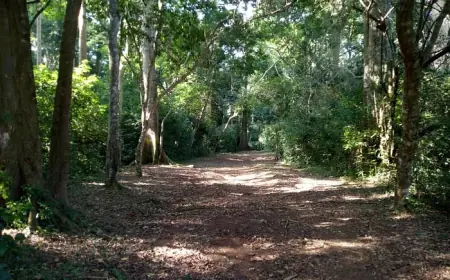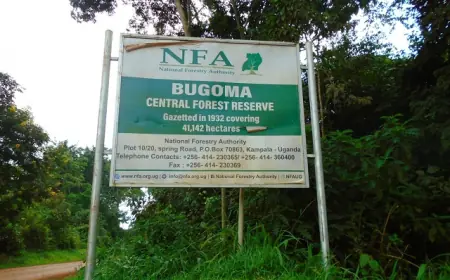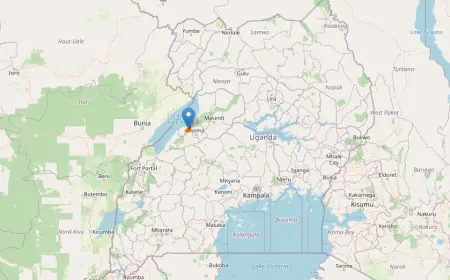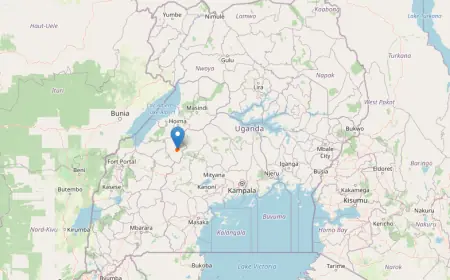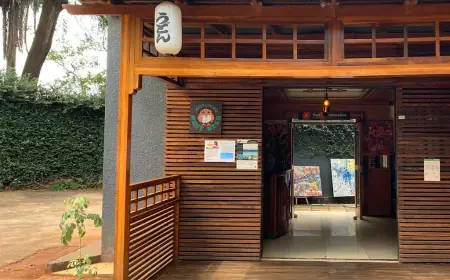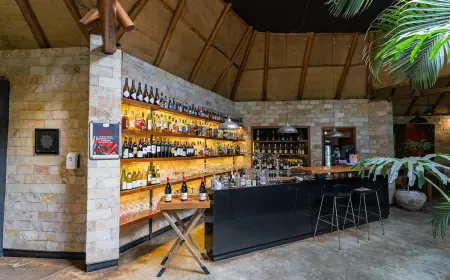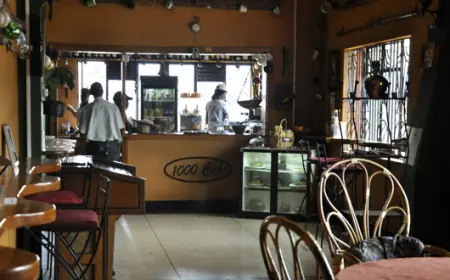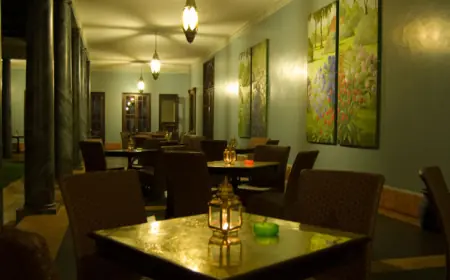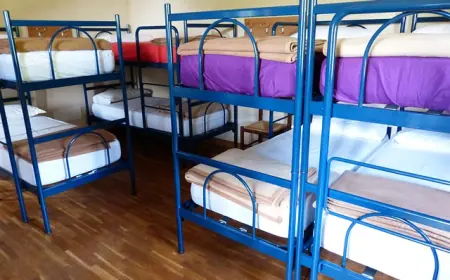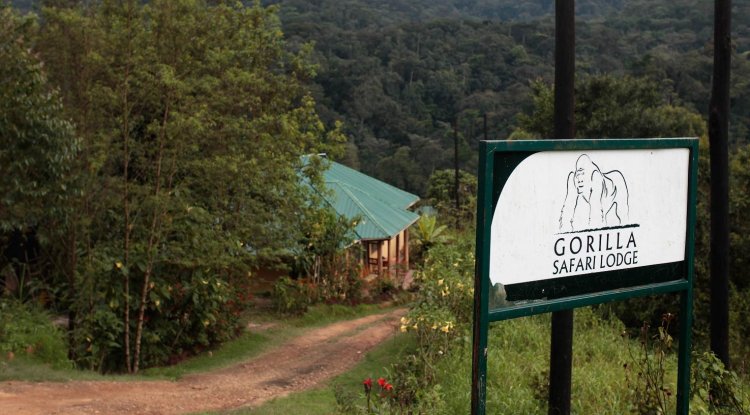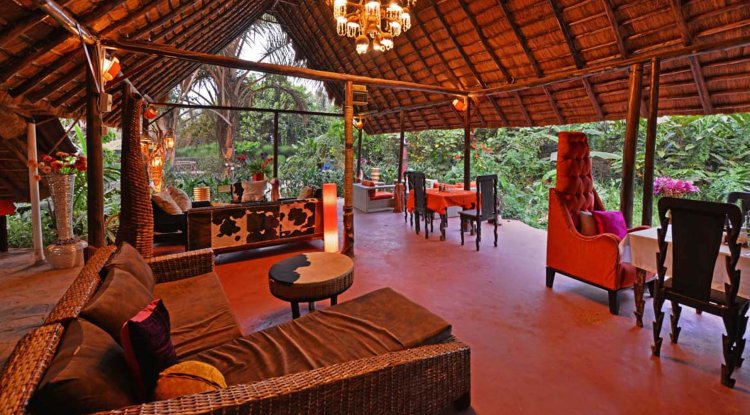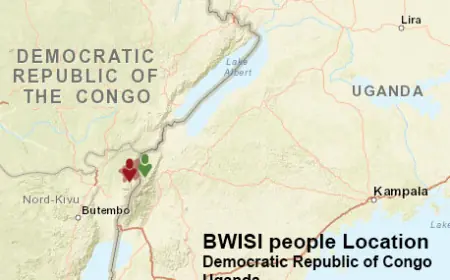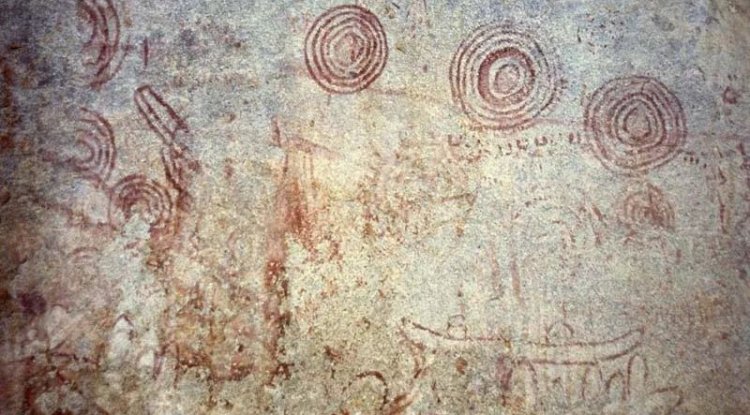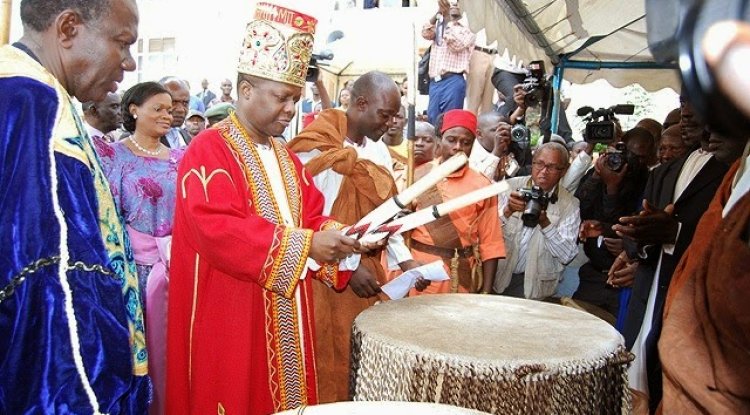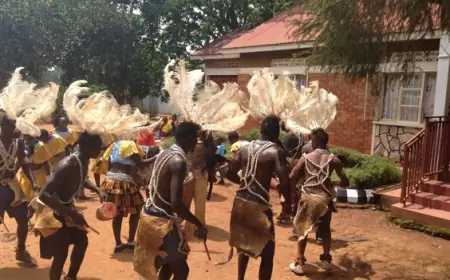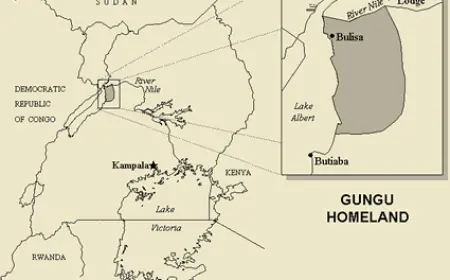The Dodoth: A Tribe of Warriors and Herders
The Dodoth have a diverse and unique culture that has been formed by their harsh terrain, livestock-based economy, and history of conflict with their neighbors

The Dodoth are a tribe of people that dwell in northeastern Uganda's semi-arid savannah, bush, and highlands. They are part of the Karamojong Cluster, which comprises the Karamojong and Jie people. They speak a dialect of the Karamojong language. Their population is predicted to be 129,102 (Uganda Census of 2014).
The Dodoth have a diverse and unique culture that has been formed by their harsh terrain, livestock-based economy, and history of conflict with their neighbors. In this article, we will look at several parts of their culture that are not well known or mentioned in other sources.
The Origin of the Dodoth
The Dodoth have a tradition that says they arrived in their current area from the north. They split off from the Karamojong in the middle of the eighteenth century and went north into a more mountainous area. According to mythology, the Dodoth were formerly part of a larger clan known as the Ateker, who resided near Kenya's Lake Turkana. The Ateker divided into many groups, each following a different leader. The Dodoth followed a man named Dodo, who guided them to their current abode. The name Dodoth translates to "the people of Dodo."
The heart of their country is a bowl ringed by mountains and hills on all sides. Mount Morungole, the highest mountain, is over 9,000 feet (2,700 meters) tall and located on the border of Kenya, Sudan, and Uganda. The terrain was previously home to lions, elephants, buffalo, giraffes, and rhinoceros. Kidepo National Park currently preserves a small portion of this biodiversity.
The Lifestyle of the Dodoth
The climate in the Dodoth region is harsh. Some rain may occur in April, and the rainy season is normally longer, lasting from June to early September, although these rains are unpredictable and, in some years, fail completely. In favorable years, the Dodoth live primarily on sorghum and millet. In difficult years, people rely on animals, namely cattle, goats, and sheep. Animals not only provide feed, but they also signify wealth and are important in many elements of their society.
Dodoth homesteads are often situated in valleys, with dry season meadows on neighboring hillsides. Unlike other people in the region, they do not need to migrate with the seasons. Dodoth homesteads are separated from one another by a robust wall consisting of upright poles and interlaced branches cemented with mud and cowdung. Cattle are kept inside the walls at night. A homestead may house up to forty people. Every wife has her own cottage and fireplace. Her adolescent girls frequently build their own cottages next to their mother's. Adolescent boys reside in a larger "men's house" until they are married. A woman will frequently have a little garden near her hut.
The Dodoth have a sophisticated social structure organized by age, gender, and clan. The clan is the greatest unit of social organization, consisting of people descended from a common ancestor. There are around 20 clans among the Dodoth, each with their own name, insignia, area, and leader. Clans are divided into sub-clans, which in turn are divided into lineages. The clan is in charge of communal defense, justice, rites, and ceremonies.
The Dodoth have a system of age sets, which are groupings of people who are initiated into maturity simultaneously. Warriors, elders, judges, and so on are examples of different age groups' roles and obligations in society. The age-sets are further divided into age-grades, which are smaller groupings of people born in the same year. Each age group has its own name, symbol, song, and dance. Age groups and age grades develop relationships of friendship and commitment among their members.
The Dodoth have a patriarchal culture in which men hold more power and influence than women. Men are required to be courageous, strong, and proficient at raiding and combat. Women are expected to be submissive, productive, and reproductive. Men and women perform various tasks and responsibilities in the home and community. Men are in charge of herding, hunting, raiding, defending, and governing. Women are in charge of farming, cooking, collecting water, milking, weaving, and childrearing.
The Dodoth practice polygyny, which allows a man to have more than one wife. The number of marriages a guy has is determined by his money, social rank, and personal preferences. A guy pays a bride price to his wife's family, typically in the form of livestock. The bride price expresses respect and appreciation while also forming a link between the two families. The first wife is the most senior and prominent, and she has the authority to select the location of the homestead. The other spouses are submissive to her and must follow her directions. The wives live in different huts, although they have the same husband and household.
The Dodoth have an extensive and diversified oral culture that includes myths, tales, proverbs, riddles, songs, and storytelling. These oral traditions are utilized to pass down knowledge, values, morality, history, and identity from one generation to another. They are also utilized to entertain, educate, convince, and condemn.
The Conflict of the Dodoth
The scarcity of resources and the great value of cattle have created a society in which men are celebrated for their valor in raiding and combat, as well as their subsequent prosperity. The bride price is paid in cattle. The Dodoth have a tendency to engage in frequent low-level combat, primarily to capture cattle, with their neighbors. According to P.H. Gulliver, writing in 1952, "Turkana made war on all their neighbors except the Jie, with whom they occasionally allied themselves against the Karamajong and the Dodoth." Karamajong waged war on all of their neighbors, with the exception of the Dudoth, with whom they periodically joined forces against the Jie. Jie claims friendship with the Toposa, but as they share no borders, this would be of little consequence. Toposa and Donyiro did not attack each other and are said to have established an alliance against the Turkana. Toposa and Jiye were adversaries."
The menfolk make plans for livestock raids and other significant choices, with the opinions of the elders being given considerable weight. The Dodoth are not as well-armed as their neighbors, and between 1979 and 1981, they nearly lost all of their cattle to raiders with more weapons. There were bloody conflicts in 2004 between the Turkana people of eastern Kenya and the Dodoth people. By the time of the 2005 peace conference, several Turkana had been abducted and were being assimilated into Dodoth families. It was decided during this summit to move on from the past and give the captured individuals back.
Wrapping up
The Dodoth are a strong and tough people who have survived and adapted to their hard terrain, livestock-based economy, and long history of strife with their neighbors. They have a diverse and fascinating culture that is little known or described in other sources. They have numerous obstacles and opportunities in the modern world, and they require greater attention and assistance from the national and international communities. The Dodoth are a warrior and herder tribe from Uganda with a lot to share and teach the world.
What's Your Reaction?
 Like
0
Like
0
 Dislike
0
Dislike
0
 Love
0
Love
0
 Funny
0
Funny
0
 Angry
0
Angry
0
 Sad
0
Sad
0
 Wow
0
Wow
0
